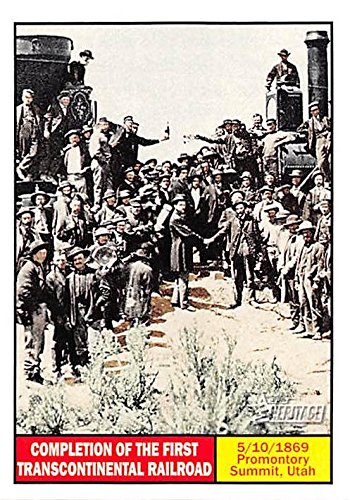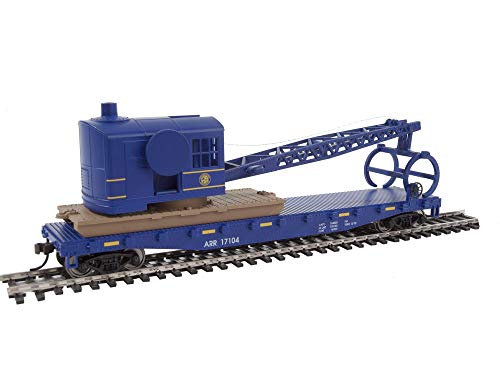My run of luck has ended. After a nice trip on an unwrapped Bright Green Friday and two fantastic cocktails at MCO this morning (a French 75 and a Bee's Knees) I boarded an Orlando-wrapped Bright Pink.




The legend "Unbelievably real" seems somehow deeply cynical on a train that won't let you look out of the window.My run of luck has ended. After a nice trip on an unwrapped Bright Green Friday and two fantastic cocktails at MCO this morning (a French 75 and a Bee's Knees) I boarded an Orlando-wrapped Bright Pink.
View attachment 37736

See my above discussion of the projections, which are a mess. Also, the pandemic messed with many of the timelines.Do we know how these results stand in relation to business projections?
The stated loss looks pretty shocking to the armchair accountant, but is it within plan?








The first tranche of 10 will arrive before the end of this month and will be deployed soon after they arrive.Any idea when the additional cars will be arriving and then put into service?
Not with the current order(s) it won't. I got into hypothetical capacity stuff above. In several other posts I've gone into great detail about questions of where Brightline's "pinch point" (where demand peaks out) is and other details. But in practical terms, it looks like based on current capacity their ridership slams into a brick wall around 230k riders/month. For clarification, that's about 240 passengers/train [1]. Yes, there's turnover en route - but there's also been close to a 1:1 tradeoff as of late between MIA-WPB traffic and Orlando traffic, and I'd also point out that there are always going to be some frequencies where you just can't sell the train out even if peak hours are sold out - 10 PM on a Sunday night is not going to generate the sorts of ridership that 5 PM on Friday will. You could probably squeeze a little more ridership out with stops in the Treasure Coast and Cocoa, but I think in general this is where we are for the time being.Presumably, the situation will more than correct itself when additional coaches are delivered.
So they will be delivered in one tranche, rather than individually as they are completed?The first tranche of 10 will arrive before the end of this month and will be deployed soon after they arrive.
Yeah, running one batch of ten cars across the country is cheaper than ten batches of one car.So they will be delivered in one tranche, rather than individually as they are completed?
Why is that? Logistics of transferring them?
I wonder how price sensitive riders are. What if the shortfall in income were to be bridged by not adding riders, but by increasing fares? At least on the trains that always sell out anyway. This would have the additional advantage that some price-sensitive riders might be displaced onto less popular trains, freeing up more high value space on the popular ones. Possibly overall income might grow faster than the individual fares are growing.The existing orders don't quite double train capacity - you could mark off about a 75% increase and be close enough, so the new cars would get you somewhere around 400k/month. That translates to 4.8m/year, maybe 5.0m or a little more if you increase turnover. Even a generous full doubling gets you to 460k riders/month, or 5.5m/yr. The latest official projection for 2026 is 8.0m riders, and there's no equipment on order behind the current batch of 30 cars (bringing sets to 7 cars) so I don't think we could plausibly expect new equipment to show up prior to late 2026. Even that would be very optimistic considering the ongoing Amtrak equipment orders that Brightline would need to slot in alongside.
I heard at the FECRS Meeting that they have at least one scheduled slot which runs effectively in two sections separated by 5 minutes.They potentially could run certain timings as first and second sections, but they're already pretty thin on margins for the bridge closures and this might require another two or three consists - not a near term option.
I mean, per-passenger ticket revenue has gotten "stuck" as well, at 25% below officially projected levels. Some massaging of the yield management system might help, as might a repeat of a version of the "Smart+" offering.I wonder how price sensitive riders are. What if the shortfall in income were to be bridged by not adding riders, but by increasing fares? At least on the trains that always sell out anyway. This would have the additional advantage that some price-sensitive riders might be displaced onto less popular trains, freeing up more high value space on the popular ones. Possibly overall income might grow faster than the individual fares are growing.
Methinks that if a train is regularly fully booked, that there is room to raise fares.I mean, per-passenger ticket revenue has gotten "stuck" as well, at 25% below officially projected levels. Some massaging of the yield management system might help, as might a repeat of a version of the "Smart+" offering.
Which seems to be what's happening with Amtrak sleepers. (And some other routes, especially the NEC.)Methinks that if a train is regularly fully booked, that there is room to raise fares.
That depends on who is booking it out. If FLL-BTR is getting booked out with folks traveling "locally", then there might not be much you can do to shake more revenue out of folks traveling further.Methinks that if a train is regularly fully booked, that there is room to raise fares.
Probably just augmenting the cart rather than replacing it. Makes it quicker when the cart comes by.In a promotional email from Brightline:
Expanding your ride.
Get ready for more adventure with new coaches being added to the Brightline fleet, and expansion stations planned in Cocoa and the Treasure Coast. Plus, onboard Order-To-Seat food and beverage service for more tasty moments throughout your trip.I wonder whether this will be an expanded menu, or just replacing the roving cart to reduce OBS needed for longer trains.
makes sense, one premium car in 7 would make Premium seats very scarce. Two in 7 sounds more realistic. Especially in a relatively affluent corridor.I just learned that one of the remaining two tranches of 10 after the current one is deployed will be of Premium cars.
This had been my understanding as well - it's probably the third tranche, but could plausibly be the second one instead.I just learned that one of the remaining two tranches of 10 after the current one is deployed will be of Premium cars.